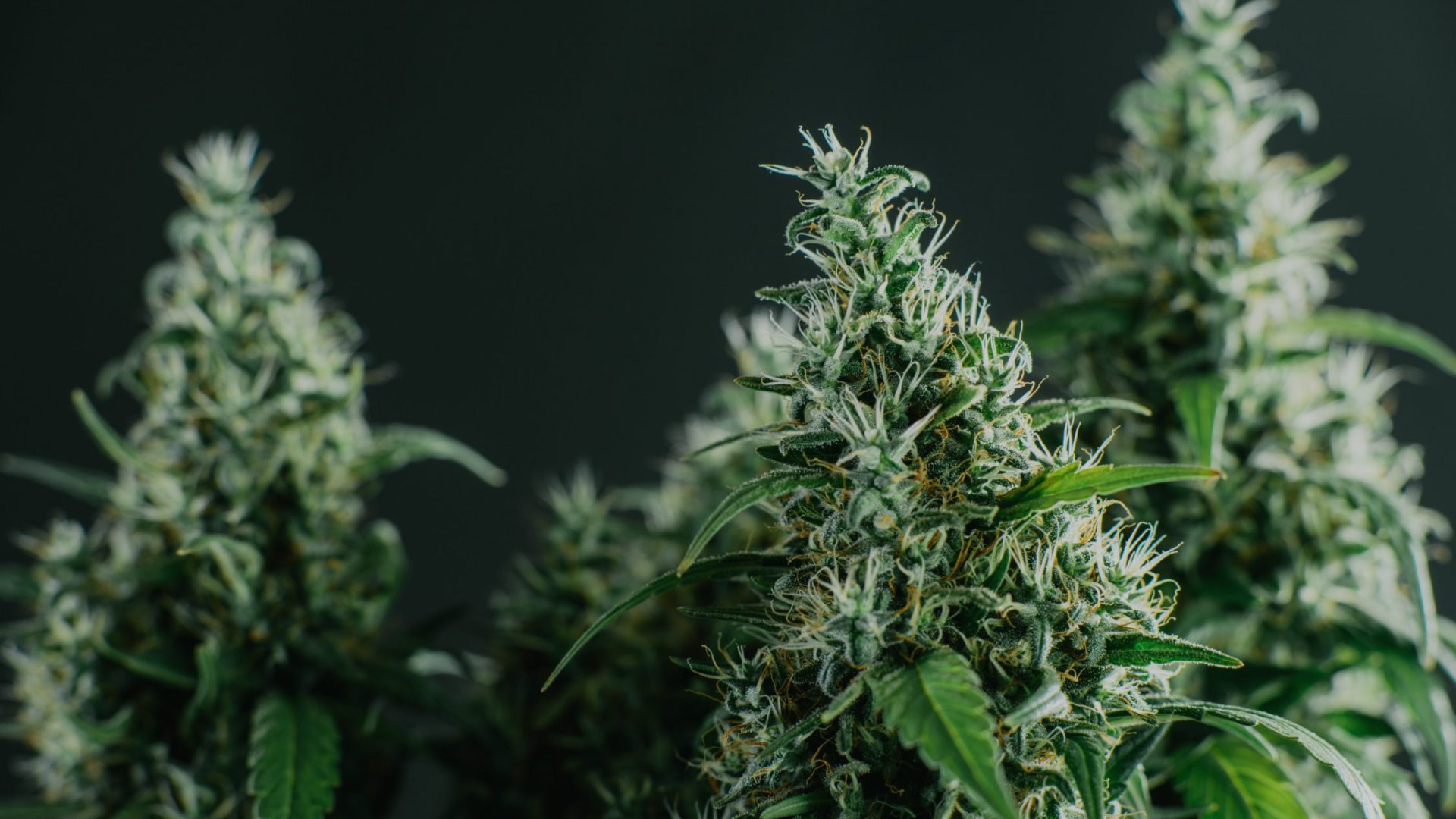As the legalization of cannabis continues to spread worldwide, more brands are seeking the best ways to store their product. Cannabis packaging serves the primary purpose of safeguarding and elevating the quality of the product. It must ensure the product is free from mold, contaminants, and particulates while maintaining flavor and potency. Failure to use suitable packaging will result in stale flower and an overall unpleasant experience for your customers. While paper and plastic packaging options are widely available, they are not ideal for cannabis storage.
Chemical Impact
Paper and plastic cannabis packaging can contain various chemicals, some of which can potentially interact with the cannabis and affect its quality and safety. Paper packaging may contain chemicals such as bleaches, dyes, and adhesives, which can transfer onto the cannabis and alter its flavor and aroma. Additionally, if the paper packaging is made from recycled materials, it may contain traces of ink, which can also affect the quality of cannabis.
Moreover, plastic materials can generate static electricity, which can cause trichomes to cling to the packaging. This not only results in a loss of valuable compounds but also makes it difficult for consumers to fully utilize their cannabis product. Additionally, static electricity can cause trichomes to become more susceptible to damage during handling and transportation, further compromising the quality and potency of the cannabis. Plastic packaging also can contain a range of chemicals including phthalates, bisphenol-A (BPA), and polyvinyl chloride (PVC), which can potentially leach out of the plastic and interact with the cannabis.
Temperature
Temperature can significantly impact the integrity of plastic and paper cannabis packaging. When plastic is exposed to high temperatures, it can release chemicals known as plasticizers, which are used to make the plastic more flexible and durable. Plasticizers can be harmful to human health when consumed or inhaled, and they can also alter the taste and aroma of cannabis flower. Exposure to extreme temperatures can also cause plastic packaging to become brittle, crack, or warp, allowing air and moisture to enter and compromise the quality of the cannabis. Likewise, paper packaging can become weakened or damaged under high humidity or extreme temperature conditions, leading to reduced protection for the cannabis product.
Air Exposure
Both paper and plastic packaging can affect the freshness of cannabis due to air exposure. Paper packaging is porous, which allows air to flow through as well as absorb moisture. This can lead to the growth of mold and mildew. Additionally, paper packaging is not airtight, which causes the cannabis to dry out and lose its potency and flavor. Plastic packaging is more prone to compromise, which can result in air leaks or exposure.
Sustainability
Both plastic and paper packaging are not sustainable, and their production contributes significantly to pollution and waste. Both paper and plastic require significant resources to produce. The production of paper typically involves harvesting trees which can have negative environmental impacts such as deforestation, habitat destruction, and soil erosion. Plastic production relies on non-renewable fossil fuels and the manufacturing process releases greenhouse gasses and other pollutants into the atmosphere, which contributes to climate change. Additionally when paper and plastic packaging are discarded, they release methane gas, a potent greenhouse gas, as it decomposes in landfills.
Moreover, both paper and plastic packaging can contain harmful chemicals that can pose a risk to human health and the environment. In plastic packaging chemicals such as bisphenol A (BPA), phthalates, polyvinyl chloride (PVC), styrene, and flame retardants have been found to be problematic. BPA and phthalates are known endocrine disruptors that have been linked to a range of health problems. PVC can release toxic chemicals during production and use, while styrene is a possible human carcinogen. Flame retardants can be toxic and have been linked to developmental and reproductive problems as well as cancer. In paper packaging, chemicals such as perfluorinated compound (PFCs) and polychlorinated biphenyls (PCBs) have been found to be problematic. PFCs are used to make paper grease and water-resistant, and they have been linked to cancer and developmental problems. PCBs are used in the production of some paper products and can be toxic to human health and the environment. It is important to be aware of the potential risks associated with both paper and plastic packaging and to choose safer alternatives whenever possible.
Did you know?
- According to the US Environmental Protection Agency, paper and paperboard accounted for approximately 25% of all landfill waste in the United States.
- Recycled paper has to go through an arduous energy-consuming process involving chemical compounds like hydrogen peroxide, sodium silicate, and sodium hydroxide.
- The paper-making process utilizes more of our precious environmental resource: water (3 times more water than to make plastic).
What Materials Are Compatible?
While there are several packaging materials available, tin and glass are widely considered superior for cannabis packaging. Here’s why:
- Temperature Control: Glass and tin are ideal materials for storing cannabis in extreme temperatures due to their superior thermal properties. Both glass and tin are less susceptible to changes in temperature.
- No Chemical Impact: Tin and glass are chemically inert materials. This means they do not react with the cannabis stored inside them. These materials also protect and preserve the trichomes.
- Impermeability: Tin and glass are impermeable to air, moisture, and light. Exposure to these elements causes the cannabis to dry out, lose potency, and degrade in quality. Glass and tin packaging materials offer an airtight and watertight seal which helps to perverse the freshness and potency for a longer period.
- Reusability: Glass and tin packaging can be reused multiple times, which reduces waste and promotes sustainability. They are durable, long-lasting, and can be easily repurposed for other uses.
- Recyclability: Tin and glass are 100% recyclable materials, making them an eco-friendly choice for cannabis packaging. Both materials can be recycled infinitely without losing their quality or properties. This helps to reduce waste and promote a more sustainable cannabis industry.
- Perceived Value: Tin and glass packaging have a premium, high-end aesthetic that enhances the perceived value of the cannabis product. They offer a clear view of the product, allowing the consumer to appreciate its color, texture, and quality while also extending the shelf life of your cannabis flower.
Conclusion
When it comes to storing cannabis, the packaging material is just as important as the product itself. Proper packaging not only preserves the quality and potency of the product but also enhances the user experience. Glass and tin are preferred over plastic and paper due to their superior performance in preserving quality and promoting sustainability.
To learn more about our tin and glass packaging solutions, contact us today at [email protected].



